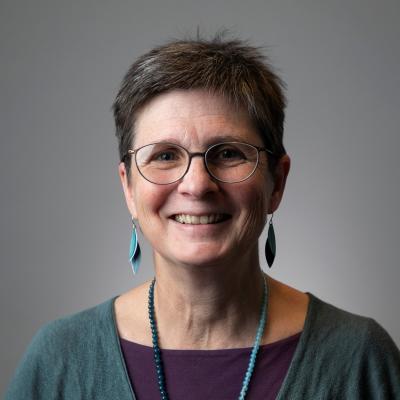Safe, safer, safest: the patient safety journey continues
24 June 2014

As an organisation that has led patient safety efforts in the UK over the past 10 years, at the Health Foundation we know that it’s a marathon, not a sprint.
Health care delivery encompasses many of the features that make for inherently dangerous situations: care is generally delivered by a team, making coordination vital and handovers risky; interventions tend to be episodic thus creating further fragmentation of care; many clinical settings are high pressure, increasing the likelihood of human error; the people receiving care may make choices that undermine optimal treatment and their own individual characteristics can mean that the same intervention can often lead to varying outcomes, and so on.
Furthermore, safe care is a moving target. What might be deemed safe in one context may be considered unsafe in another and trade-offs are frequently made, particularly in emergency settings. What we think to be unavoidable today may be avoidable in the future through more reliable care systems. What in some situations is an unfortunate side effect of treatment may be avoidable harm in other situations.
In addition to all of this, patient safety is something that has to be assured day by day, clinical interaction by clinical interaction and, increasingly, with more care being delivered in people's own homes, remotely.
In the words of Don Berwick: 'Even though hazards in care cannot be eliminated, harms to patients can be and should be reduced continually, everywhere and forever. The fight for safety is a never-ending struggle against entropy, engaged tirelessly and with focus against an enemy that continually emerges and re-emerges.'
Increasingly it is recognised that there is a natural evolutionary cycle in industries that work to improve safety. Initially, the reaction is to respond to the highly visible forms of harm. Just as the early focus in aviation was on reducing common mechanical failure where simple checks and maintenance can prevent errors occurring, in health care we have tended to focus on the most prominent harms to patients – MRSA, falls, pressure ulcers – where relatively simple interventions at the point of care reduce the likelihood of harm.
However, just as aviation moved to more sophisticated methods for reducing risk – anticipatory approaches, communications and human factors training to create safer conditions – so too must healthc are move beyond a focus on specific harms to creating a context for safe care. The Danish safety academic Eric Hollangel refers to this as moving from 'safety 1' to 'safety 2'.
This shift can be seen in the work of the Foundation as we have moved from supporting reliable implementation of evidence-based interventions through our Safer Patients Initiative to reduce specific areas of harm, to a proactive approach that anticipates where systems may fail and putting in place systems that would mitigate this.
We have two main planks to this work. First, our Safer Clinical Systems programme, which tests a range of proactive techniques for identifying where the common hazards lie in clinical pathways. Teams have found the more systematic approach to diagnosing problems enlightening, enabling them to see where errors stem from and therefore treat the cause not the symptom.
Secondly, our work to measure and monitor patient safety sets out the need to move beyond measuring past harm as this is, ultimately, no indicator of the future. We’re expanding the focus to include process reliability, monitoring of factors affecting day-to-day operations, approaches to increase anticipation and preparedness and using all this intelligence in an integrated way. Our practical guide provides suggestions on how to put this approach into practice and we will be moving into the testing phase later this year.
We will continue to share our lessons, insights and tools emerging from this work through our patient safety resource centre.
As trusts consider whether they are ready to ‘Sign up to safety’ I urge them to consider first where they are on the safety journey. Are you at safety 1 or safety 2? Are you still facing the challenge of reducing the big areas of avoidable harm or are you starting to consider what it would mean to build a safety system in your organisation?
To conclude with a final observation from Don Berwick:
'The NHS in England can become the safest health care system in the world. That will require unified will, optimism, investment, and change. Everyone can and should help. And, it will require a culture firmly rooted in continual improvement. Rules, standards, regulations and enforcement have a place in the pursuit of quality, but they pale in potential compared to the power of pervasive and constant learning'.
Jo is Director of Strategy at the Health Foundation, www.twitter.com/JoBibbyTHF
Work with us
We look for talented and passionate individuals as everyone at the Health Foundation has an important role to play.
View current vacanciesThe Q community
Q is an initiative connecting people with improvement expertise across the UK.
Find out more

